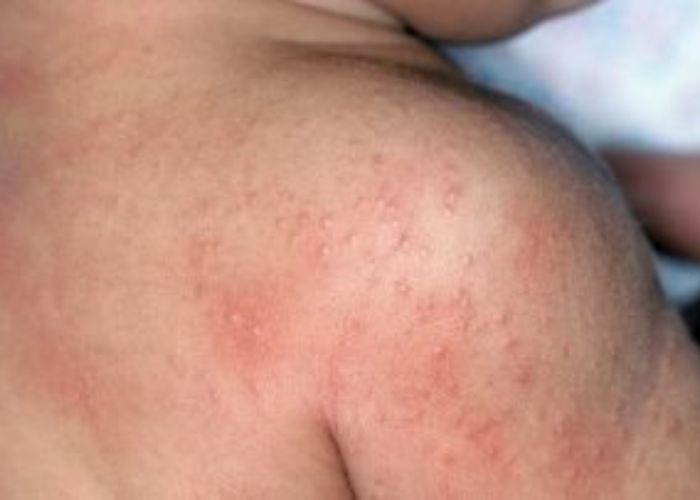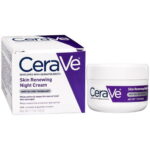Tanning beds, also known as sun beds, employ ultraviolet radiation to achieve a tan. While they offer a popular method for achieving a beautiful and even skin tone, it’s essential to be aware of potential adverse effects. In this article, we will provide information about “Tanning Bed Rashes the Truth”:-
Understanding Tanning Bed Rashes the Truth
Tanning bed rash is a common consequence of prolonged exposure to high-intensity tanning beds, resulting in skin irritation. This irritation can occur when spending excessive time in a solarium with elevated settings, leading to redness, blistering, and itching.
Causes of Tanning Bed Rash:
Various factors contribute to tanning bed rash, including excessive UVA radiation, blocked sweat ducts, allergic reactions to cleaning agents or cosmetic ingredients, and insufficient hygiene. Additionally, unrelated factors such as vitamin deficiency, weakened immunity, hormonal changes, antibiotic use, and pregnancy may contribute.

Symptoms of Rash: Tanning bed rash may manifest as redness, swelling, itching, and pain. In some cases, it may resemble a burn, and severe instances can resemble a second-degree scorch. The rash can be uncomfortable, itchy, and challenging to treat, potentially leading to peeling and open sores.

Appearance of Tanning Bed Rash on the Skin:
Indirect solarium exposure can cause rashes resembling sunburn or herpes infection. These rashes vary, appearing small around the ankles or wrists or larger and more widespread. Common areas include the face, neck, chest, back, stomach, armpits, and genitals. The irritation typically presents as red and inflamed patches, possibly blistering and feeling hot to the touch, and may last for days, leaving behind itchy and scaly spots.
After healing, scars may persist.
When to Consult a Doctor: Cease tanning bed use if a rash develops. Consult a doctor promptly if you observe severe signs such as extensive redness, swelling, or pain, as tanning beds can lead to skin irritation and more serious issues if left untreated. Infections are common complications, disrupting the body’s defense mechanisms and potentially causing deformities and inflexibility in scarred areas.
Preventing Tanning Bed Rash:
To protect your skin from potential harm, follow these tips:
- Apply sunscreen when outdoors.
- Wear loose, clean clothing after tanning to prevent irritation.
- Cease tanning if burning or redness occurs, consulting a doctor promptly.
- Follow tanning bed instructions carefully.
- Avoid tanning beds for individuals under 18.

Treating Tanning Bed Rash:
If you experience a tanning bed rash, consider these steps for relief:
- Gently clean the area with soap and water.
- Cover with a sterile bandage or wrap.
- Keep the area dry and warm.
- Apply antibiotic ointment or, under medical guidance, corticosteroids for relief.
- Home remedies include cool compresses using cucumber, potato, yogurt, or aloe vera gel.
FAQs
What causes a rash from using a tanning bed?
Several factors contribute to tanning bed rash. The primary culprits include contact dermatitis induced by ultraviolet radiation, skin allergies, reactions to the solarium’s heat or steam, sweat-related disorders, and responses to cosmetic compositions.
What are the characteristics of a tanning bed rash?
A tanning bed rash typically manifests as red and inflamed patches on the skin. It may also result in blistering, a sensation of heat upon touch, and may persist for several days. Skin spots following tanning bed use can exhibit scaliness. The rash commonly appears on the face, neck, chest, back, stomach, armpits, and genitals.
How long does a tanning bed rash last?
The duration of a tanning bed rash varies based on the severity of the condition. If the rash consists of red spots and minor irritations and receives prompt first aid, the skin injuries may heal within two days. For more extensive and painful rashes and burns, the treatment period may extend to approximately a week.
summary
In summary, while tanning beds can enhance your skin tone, understanding the potential risks, including tanning bed rash, is crucial. Prompt medical attention for severe symptoms and adopting preventive measures will contribute to a safer tanning experience.






